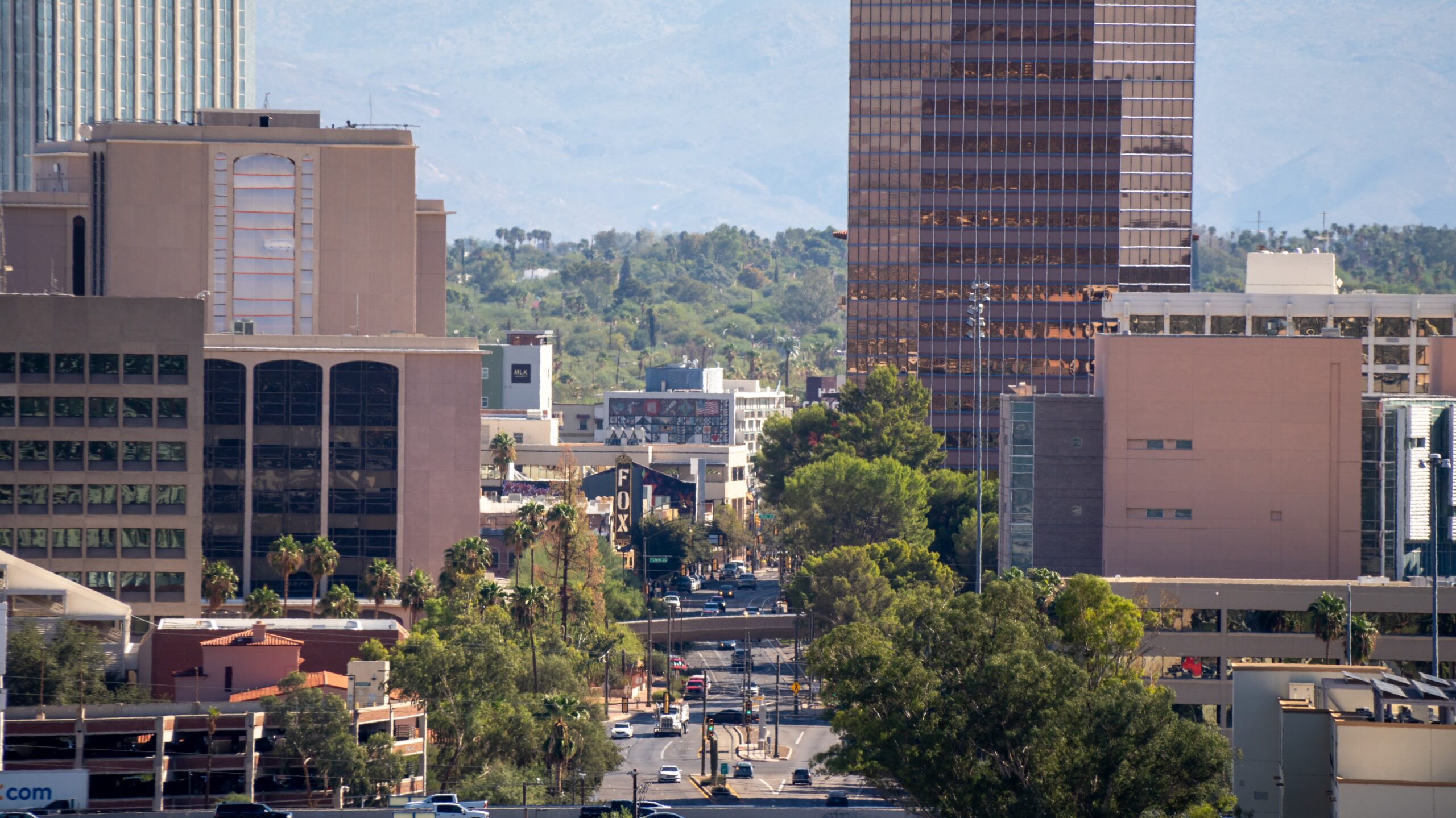Arizona’s roads and intersections can be a bit like organized chaos. With so many vehicles, cyclists, and pedestrians moving about, it’s vital to have rules in place to keep things safe. These rules are known as “right of way” laws, and they determine who gets to go first in various traffic situations.Â
Understanding these laws is not only crucial for safe driving but also when it comes to personal injury cases. In this article, we’ll break down what right of way means, Arizona’s Right of Way laws, and how they apply to personal injury cases.
What is Right of Way?
Right of way is much like a silent agreement on the road. It’s the order in which vehicles, cyclists, and pedestrians should proceed at intersections or in various traffic situations. Following these rules helps prevent accidents and keeps everyone moving smoothly.
Arizona’s Right of Way Laws
Arizona has several established Right of Way Laws. Here are some of the most significant:
- A.R.S. 28-771: At a four-way stop, the driver who arrives first or the one to the right when two vehicles arrive simultaneously usually goes first. If two vehicles stop simultaneously, the driver on the right gets the right of way. The vehicle on the street or highway that ends must give way to the vehicle on the street or highway that continues. Also, a vehicle merging onto a freeway from an acceleration lane, ramp, or any other entrance should yield the right-of-way to a vehicle already on the main roadway of the freeway entering the merging area simultaneously.
- A.R.S. 28-772: A driver within an intersection aiming to make a left turn must grant the right-of-way to another vehicle.
- A.R.S. 28-773: The operator of a vehicle must come to a halt in compliance with a stop sign and then advance cautiously, giving the right of way to vehicles not obligated to stop, either already within the intersection or swiftly approaching and posing an imminent danger.
- A.R.S. 28-774: When entering or exiting a controlled-access highway, you should yield the right of way to the vehicles already on the highway.
- A.R.S. 28-855: The driver of a vehicle nearing a yield sign should reduce their speed following the sign and proceed at a speed suitable for the current conditions. They must also give the right-of-way to any vehicle within the intersection or approaching another road, especially when their presence could create an imminent danger while the driver is crossing or moving within the intersection.
- A.R.S. 28-856: The driver of a vehicle coming out from an alley, driveway, or structure within a business or residential area must, upon entering the road, give the right-of-way to all vehicles nearby on the road.
- A.R.S. 28-793: Pedestrians crossing a road outside of a marked or unmarked crosswalk must let vehicles on the road pass first. Pedestrians using pedestrian tunnels or overhead crossings should also wait for all vehicles on the road to pass. Between two intersections with traffic signals, pedestrians must only cross at marked crosswalks (no jaywalking).
- A.R.S. Sec. 28-646: Pedestrians should cross the road when they see a green light or a “WALK” signal, and they must yield to drivers when the light is red, yellow, or shows “DON’T WALK.” On the other hand, drivers must yield to pedestrians with a green light when they are in the crosswalk.
- A.R.S. Sec. 28-792: When traffic lights aren’t working, drivers must slow down or stop to let pedestrians cross a crosswalk safely. Pedestrians shouldn’t rush in front of a very close vehicle. Also, if a vehicle is stopped at a crosswalk to let a pedestrian cross, other drivers coming from behind should not pass the stopped vehicle.
- A.R.S. Sec. 28-796: Pedestrians must use sidewalks if they’re there; they mustn’t walk on the road. If there are no sidewalks, they must walk on the left side of the road, facing oncoming traffic. They mustn’t stand in the road to ask for a ride.
Migliori bonus senza deposito scommesse 2024
Nel 2024, esistono molteplici opzioni per ottenere i migliori bonus senza deposito nelle Bonus senza deposito scommesse. Molti siti offrono promozioni interessanti, incentivando l’iscrizione con bonus iniziali senza necessità di alcun deposito. Questi bonus rappresentano un ottimo metodo per avvicinarsi al mondo delle scommesse online, permettendo di esplorare le varie piattaforme e tipologie di scommesse disponibili. Ricorda sempre di verificare la serietà e la sicurezza del sito scelto, per garantirti un’esperienza di gioco piacevole e priva di rischi.
How Arizona’s Right of Way Laws Apply to Personal Injury Cases
How does all this apply to personal injury cases? Let’s consider an example. Suppose you’re a pedestrian crossing an intersection with a clear “walk” signal. A car making a turn doesn’t yield to you, causing an accident. In this case, the driver is typically at fault because they didn’t yield to the pedestrian with the right of way.
Another scenario would be if, for example, you’re at an intersection driving straight through, and another car is on your right, attempting to make a left turn. If that vehicle fails to yield the right of way to you, the through-going vehicle, and turns left in front of you, causing a collision, this is a clear violation of right of way laws.
In this situation, the driver making the left turn should have yielded to the oncoming traffic, which is you. Their failure to follow right of way rules can establish their negligence and liability in the accident.
Fault Laws in Arizona
Understanding right of way laws is especially important when determining fault in personal injury cases. Arizona follows a comparative fault system. This means that if you’re injured in an accident but are found to be partially at fault, your compensation may be reduced. For example, if you were crossing the street against a “Don’t Walk” signal, you might be considered partially at fault. Understanding right of way laws can help you navigate these situations.
Right of Way Laws Can Affect Your Personal Injury Case in Arizona
Right of way laws play a critical role in keeping traffic safe and help determine fault in personal injury cases. Knowing and following these laws can help prevent accidents and protect your rights in the event of a personal injury case. If you find yourself in such a situation, don’t hesitate to consult with a qualified personal injury attorney who can guide you through the legal process and help you receive the compensation you deserve.
Remember, Wood Injury Law is here to help you understand your rights and fight for your case. Contact us today for a free consultation and let us stand by your side in your time of need. Your safety and well-being are our top priorities.




